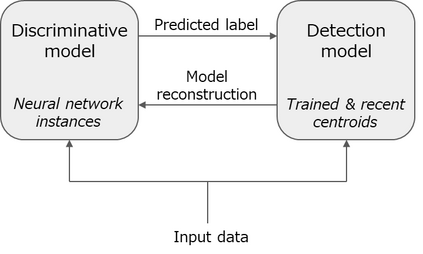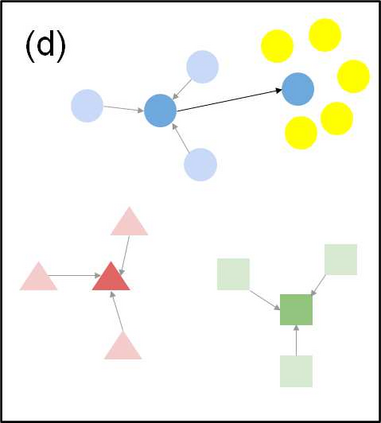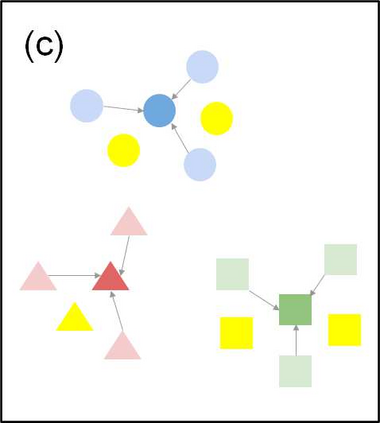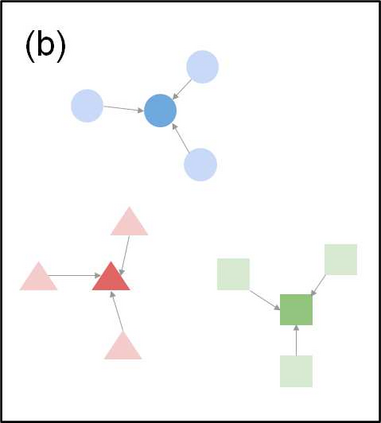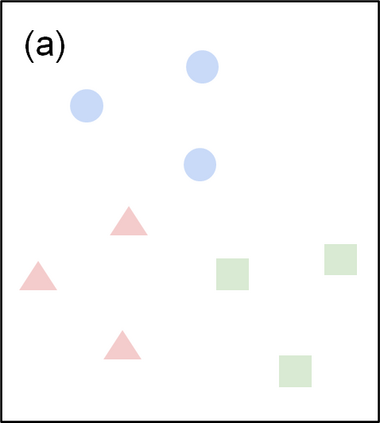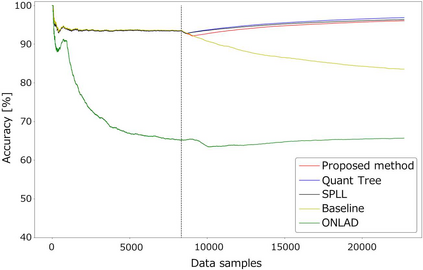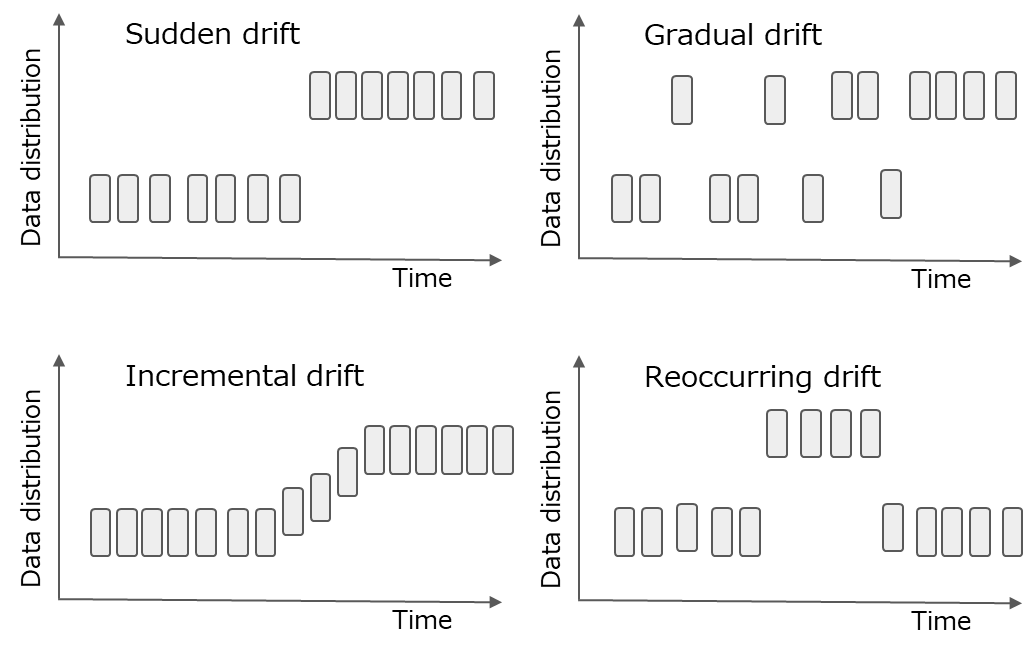A practical issue of edge AI systems is that data distributions of trained dataset and deployed environment may differ due to noise and environmental changes over time. Such a phenomenon is known as a concept drift, and this gap degrades the performance of edge AI systems and may introduce system failures. To address this gap, a retraining of neural network models triggered by concept drift detection is a practical approach. However, since available compute resources are strictly limited in edge devices, in this paper we propose a lightweight concept drift detection method in cooperation with a recently proposed on-device learning technique of neural networks. In this case, both the neural network retraining and the proposed concept drift detection are done by sequential computation only to reduce computation cost and memory utilization. Evaluation results of the proposed approach shows that while the accuracy is decreased by 3.8%-4.3% compared to existing batch-based detection methods, it decreases the memory size by 88.9%-96.4% and the execution time by 1.3%-83.8%. As a result, the combination of the neural network retraining and the proposed concept drift detection method is demonstrated on Raspberry Pi Pico that has 264kB memory.
翻译:边缘AI系统的一个实际问题是,由于噪音和环境变化,经过培训的数据集和部署环境的数据分布可能因时间变化而不同。这种现象被称为概念漂移,这种差距会降低边缘AI系统的性能,并可能导致系统故障。为弥补这一差距,对概念漂移探测引发的神经网络模型进行再培训是一种实用办法。然而,由于现有计算资源严格限于边缘设备,本文件提出轻量概念漂移探测方法,与最近提出的神经网络在构件上学习技术合作。在这种情况下,神经网络的再培训和拟议的概念漂移探测仅通过顺序计算进行,以减少计算成本和记忆利用。对拟议方法的评价结果显示,虽然准确性比现有分批检测方法减少了3.8%-4.3%,但与现有分批检测方法相比,其记忆量减少了88.9%-96.4%,执行时间减少了1.3%-83.8%。结果,神经网络再培训和拟议的概念漂移探测方法在具有264kB记忆的Rasperry Pi Pico上得到了证明。


